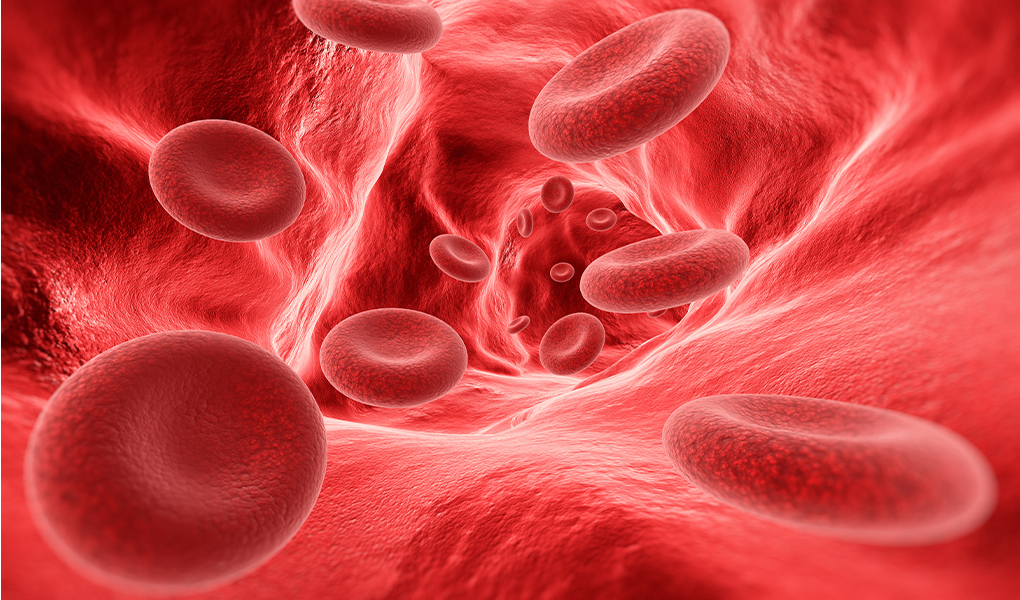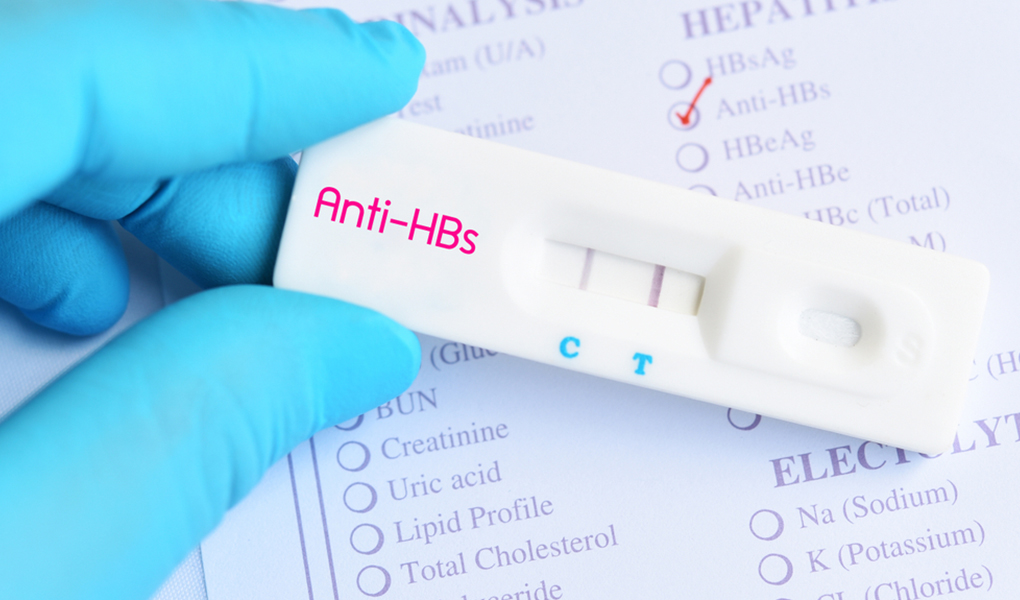Haemophilia is a rare genetic disease in which the blood does not clot normally because the clotting factors necessary for blood clotting are not enough in the body. If there is haemophilia disease, the bleeding lasts longer since the person’s blood cannot clot enough after an injury. Small cuts are usually not a serious problem. However, when there is a serious deficiency in the clotting factor, deep bleeding occurs, especially in the knees, ankles, and elbows. These internal bleeding can damage organs and threaten the person’s life as a result of insufficient blood flow to the tissues and organs of the person. Treatment is carried out when the specific clotting factor that is deficient in the body is given to the patient when necessary or regularly.
What is Haemophili?
The answer to the question of what haemophilia disease is is often a matter of curiosity. The question of what haemophilia is: It can be answered as a genetic coagulation disorder, most often seen in men, with bleeding symptoms. The disease is caused by the deficiency of some proteins involved in coagulation, called coagulation factors. According to the World Haemophilia Federation, one in every 10,000 people is born with this disease. Individuals with haemophilia bleed easily and bleeding lasts longer. Haemophilia is a genetic disease inherited from parents and has no permanent treatment.
What are the Symptoms of Haemophilia?
Symptoms of haemophilia vary depending on the level of clotting factor affected. If there is a slight decrease in the clotting factor level, only bleeding occurs during surgery or after trauma. In the case of serious deficiency, there may be self-bleeding without any reason. The symptoms that can be seen due to haemophilia can be listed as follows:
- Unexplained excessive bleeding that occurs after cuts, injuries, surgery, or dental treatments
- Many large bruises on the skin due to subcutaneous bleeding
- Muscular and soft tissue bleeding (These cause blood accumulation in the area called hematoma.)
- Bleeding after vaccination
- Bleeding in the mouth and gums, bleeding difficult to stop, especially after tooth loss
- Pain, swelling and tension in the joints as a result of intra-articular bleeding
- Bleeding difficult to control after circumcision
- Blood in urine and feces
- Nose bleeding without cause
- Brain bleeding in the baby after difficult births
- Unexpected restlessness in newborn babies
A simple blow to the head area can cause brain bleeding for some people with severe hemophilia. Among the symptoms of brain hemorrhage; headaches, vomiting, drowsiness, behavioral changes, clumsiness, vision problems, paralysis and seizures.
Types of Haemophilia
There are three different forms of haemophilia, A, B and C. The question of what haemophilia A for those is who wonder is briefly; It can be answered as the most common form of haemophilia that occurs due to factor 8 deficiency. 80% of haemophilia patients carry this form. So, what is factor 8? Factor 8 is an important blood clotting protein, also known as anti-haemophilic factor (AHF). It is encoded by the F8 gene in humans. Defects in this gene result in haemophilia A, a recessive clotting disorder due to the X chromosome. About 70% of patients with haemophilia A have a serious form.
Haemophilia B, also called Christmas disease, is caused by factor 9 deficiency, and is recessively linked to the X chromosome. Haemophilia C is a mild form of disease caused by factor 11 deficiency. Patients with this rare type of haemophilia do not usually experience spontaneous bleeding. Bleeding usually occurs after trauma or surgery. Haemophilia C differs from haemophilia A and B, since it does not cause bleeding, especially in the joints. Haemophilia C is also transferred autosomal recessively, unlike Haemophilia A and B.
Haemophilia is also extremely rare and has a non-genetic form that develops after birth. This type of haemophilia is called “acquired haemophilia”. In acquired haemophilia, the patient’s immune system creates antibodies that attack factor 8 or 11.
Who May Have Haemophilia Disease?
Haemophilia is a disease that occurs as a result of a mutation or change in a gene that provides instructions for making clotting factor proteins. This change or mutation prevents the clotting protein from working properly. Mutated genes that cause haemophilia A and B diseases are located on the X chromosome. Males have one X and one Y chromosome (XY), while females have two X chromosomes (XX). Males take the X chromosome from their mother and the Y chromosome from their father. Females inherit one X chromosome from each parent. For this reason, males have only one copy of the genes in the X chromosome, while females have 2 copies. Therefore, it is sufficient for the formation of haemophilia that men inherit an X chromosome with a mutation in the factor VIII or factor IX gene. In females, it is necessary to remove the damaged gene from both parents. Therefore, haemophilia is much rarer in females. The answer to the question of who can see haemophilia disease can be given most often in men. Since haemophilia C is transmitted with body chromosomes, it is seen equally in both sexes.
Haemophilia occurs in about one in every 5,000 male births. The rate of haemophilia A is about four times that of haemophilia B, and about half of those affected have a severe form. Haemophilia affects people from all races and ethnic groups.
How Is Haemophilia Diagnosed?
Accurate diagnosis is essential for the optimal management of haemophilia. Haemophilia is diagnosed by blood tests to determine if clotting factors are missing or low, and which ones cause the problem. Tests used in diagnosis must be done in a special coagulation laboratory experienced in this field for the correct result. Severe cases of haemophilia are usually diagnosed in the first year of life. Mild forms may not show symptoms until adulthood. Some people learn that they are suffering from haemophilia when there is excessive bleeding after trauma or during a surgical procedure.
How is Hemophilia Treatment?
Although there is no permanent treatment of the disease, it is possible to control the symptoms with treatment. Haemophilia treatment is done by giving deficient clotting factors to the patient when necessary or at regular intervals. Clotting factors are given to patients by intravenous injection. Coagulation factors used in replacement therapy can be obtained from human blood or can be produced synthetically in the laboratory. Synthetically produced factors are called recombinant coagulation factors. Nowadays, recombinant coagulation factors are preferred because there is a risk of infection from those obtained from human blood.
Some patients require regular replacement therapy to prevent bleeding. This is called prophylactic therapy. This is typically recommended for people with severe haemophilia A. In milder cases, treatment is given when needed. This type of treatment, which is given only after bleeding has started and used in uncontrolled bleeding, is called demand treatment.
There are also some personal practices that can be done to reduce the risk of excessive bleeding and protect the joints. These can be listed as follows:
- Regular exercise
- Avoiding certain medications, such as aspirin, nonsteroidal anti-inflammatory drugs, and blood-thinning heparin
- To give importance to dental and gum care
About 15 to 20% of haemophilia patients develop an antibody that prevents the clotting factors from enabling blood to clot and stop bleeding. In these cases, the treatment of bleeding episodes becomes extremely difficult. The treatment cost of a patient who is in this situation is quite high because a higher amount of coagulation factor is needed for treatment.










Be the first to comment